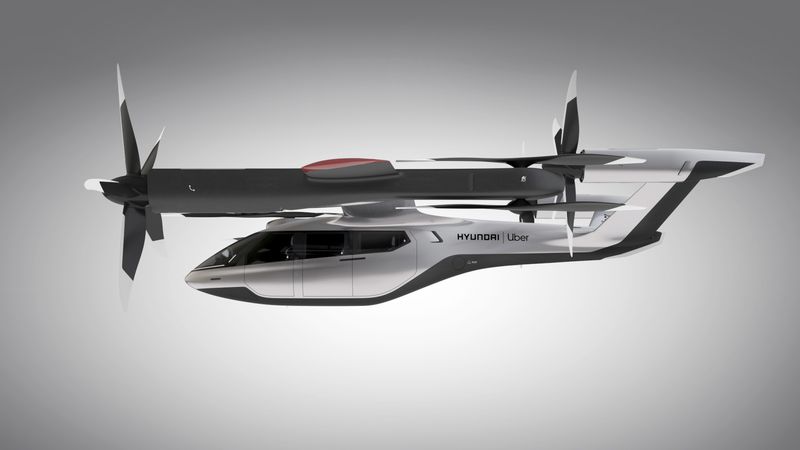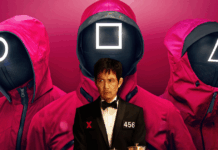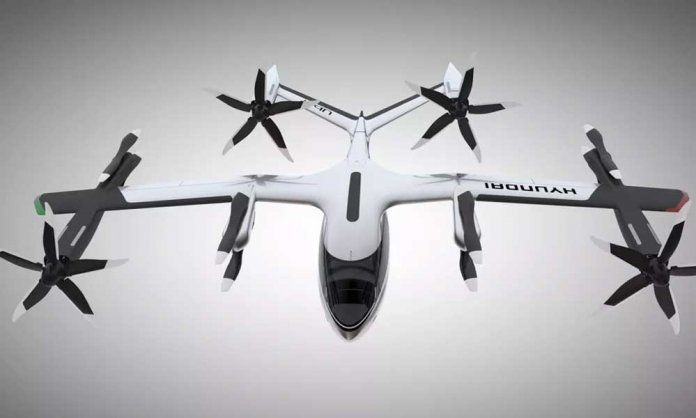As a kid, I recall reading a children’s digest, Naunehaal. A story in it painted a picture of flying vehicles all over the sky. The story seemed so futuristic that I never imagined it to happen in my lifetime. But it seems possible within two decades of reading it.
Uber, the multinational taxi service, and Hyundai, a South Korean manufacturer, have presented a model for a flying car. It was already on display at Las Vegas Consumer Electronics Show (CES). The vehicle is said to seat four persons and be a part of the Uber Air Taxis fleet. Initially, they will have one pilot who flies the taxi, but with time, the taxis will autonomous.
The project goes back to 2016 when Uber released a plan calling it Uber Elevate. Uber Elevate was to be completed by the year 2023, and it would provide urban air transport on demand. They just needed to partner with a manufacturer to build the electric aircraft. And the vehicle for Uber Elevate required to be manufactured so that it could take off and land vertically. Hyundai became the partner Uber was looking for.
Details of Uber Air Taxi
When complete, the taxi will be traveling at 200mph for 60 miles. Upon launching, Uber will begin enrolling pilots and target its existing customers, who are currently numbered at 91 million.
Since Hyundai has hired an aerospace engineer Shin Jaiwon for the Urban Air Mobility division, NASA, National Aeronautics and Space Administration, is also involved.
The first demonstration of the project, Hyundai S-A1, involving these three primary players, will happen later in the year.
Let’s see how it works now. The vehicle has counter-rotating blades that minimize noise. Plus, since it uses eight different rotors, efficiency is increased. Out of 8, 4 of them tilt when the flight is in a vertical motion, and the other four are fixed when the flight needs to hover.
With this fleet ready, the stations for it will be called Hubs. In these hubs, you will find Purpose Built Vehicles (PBVs). The PBVs will take people from their air taxis to the hubs like a shuttle service.

A flying vehicle- is that possible?
Flying taxis in the air seems excellent, but there have yet been no tests on it, with or without pilots. Plus, how many can afford to travel in a taxi because it will be expensive? eVTOL aircraft were tested, yes, but they aren’t in the commercial sector either.
The technology is still in its very early days. Uber and Hyundai, and various other players in the field, face enormous regulatory and technical challenges in getting their respective air taxi services off the ground.







































